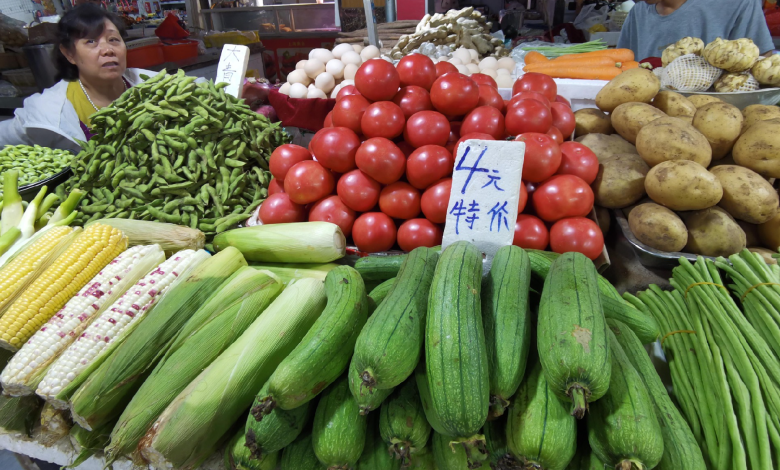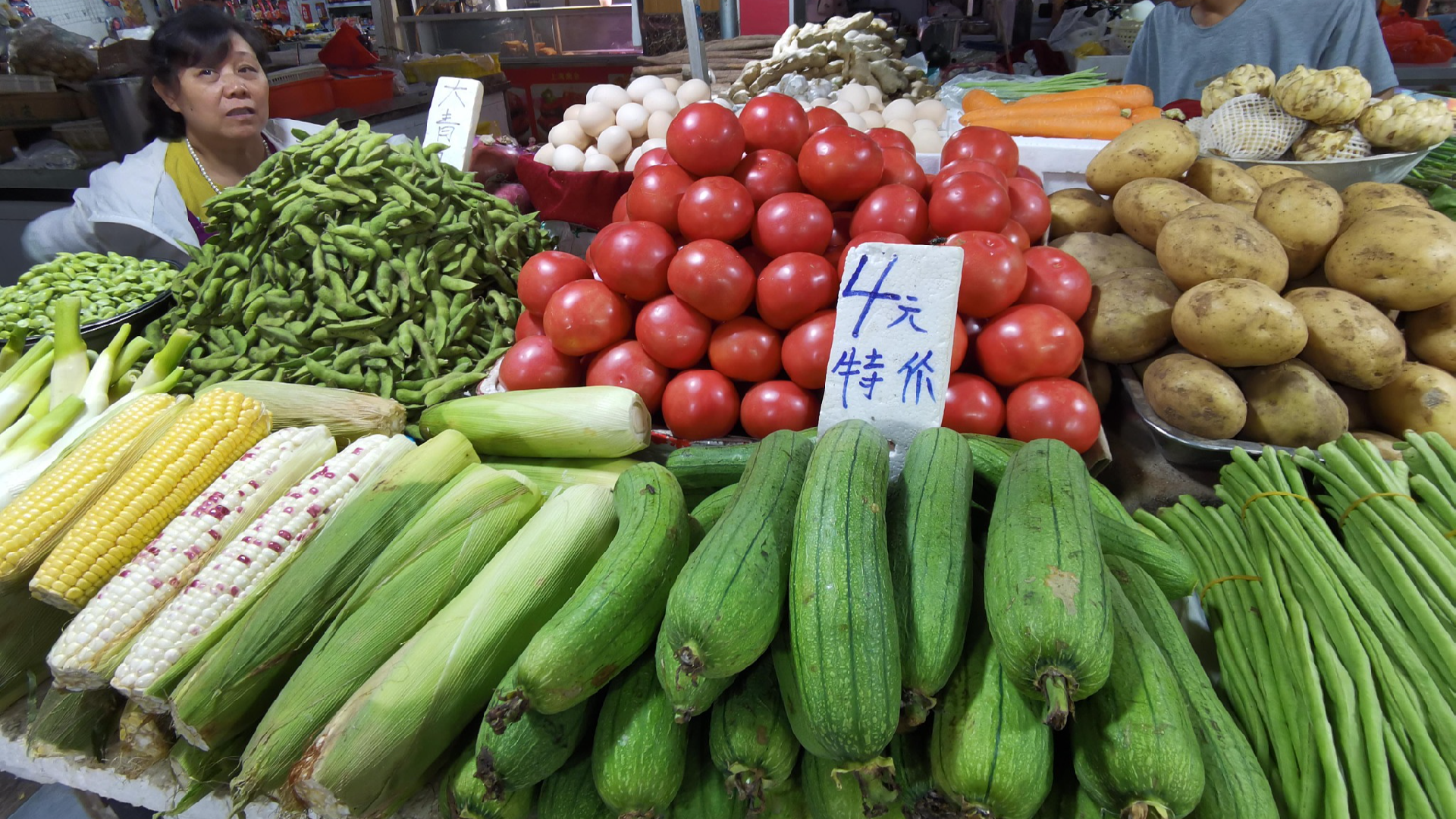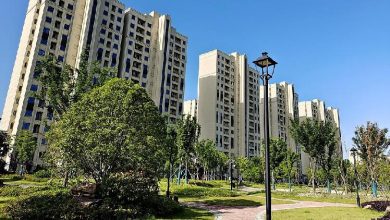High temperatures, frequent rainfall fuel vegetable price surge


<img src='https://news.cgtn.com/news/2024-08-18/High-temperatures-frequent-rainfall-fuel-vegetable-price-surge-1wav7Zh3EBi/img/32a44150270b407b98b277b114746940/32a44150270b407b98b277b114746940.jpeg' alt='A market in Nanjing City, east China's Jiangsu Province. /CFP'
China has seen a considerable increase in vegetable prices this summer, according to official data, with analysts citing high temperatures and frequent rainfall as the main causes of the price hikes.
The average wholesale price for 28 vegetables tracked by the Ministry of Agriculture and Rural Affairs rose from 4.29 yuan (about $.60) to 6 yuan per kilogram from June 17 to August 15, representing a 39.9 percent surge within the two-month period.
Analysts put the increases down to weather-related factors, stating that such forces typically come into play during the summer months each year.
Vegetable prices generally start to rise from mid-June and reach their peak in early September, before entering a downward trend, mainly because high temperatures during the summer prove unfavorable for vegetable growth and result in relatively inadequate market supply, said Kong Fantao, deputy head of the Institute of Agricultural Economics and Development of the Chinese Academy of Agricultural Sciences (CAAS).
This summer, China has experienced above-average rainfall overall. Many regions, including Hunan, Shandong, Sichuan and Anhui provinces, have been affected by heavy rainfall, thunderstorms and strong convective weather, leading to a decline in vegetable production.
Moreover, the excessive rainfall has caused muddy or damaged roads in vegetable fields, affecting the harvest, transportation and market availability of vegetables. As a result, the supply of certain vegetables in the market has been strained, leading to price rises.
<img src='https://news.cgtn.com/news/2024-08-18/High-temperatures-frequent-rainfall-fuel-vegetable-price-surge-1wav7Zh3EBi/img/fcf41691098c4feb9b0297f4e73eb757/fcf41691098c4feb9b0297f4e73eb757.jpeg' alt='Heavy rainfall in east China's Jiangxi Province. /CFP'
Looking ahead, analysts believe that although the vegetable prices might continue their seasonal rise in the short term, the potential for further increases is limited.
Starting from early September, vegetable prices will enter a seasonal downward range. Based on the cultivated area and the weather forecast, high vegetable prices cannot be sustained, said An Min, assistant researcher at the Agricultural Information Institute of the CAAS.
China’s consumer price index (CPI), a main gauge of inflation, was up 0.5 percent year on year in July, slightly higher than the 0.2 percent increase in June, according to the National Bureau of Statistics (NBS).
Commenting on this, NBS spokesperson Liu Aihua said at a press conference on Thursday that food prices, rising 1.2 percent month on month, contributed roughly 0.21 percentage points to the overall CPI increase.
Due to the high temperatures and heavy rain in some regions, the price of vegetables rose 9.3 percent month on month in July.
Noting that seasonal factors such as high temperatures and frequent rainfall may further drive up the price of vegetables and other food, Liu said that the abundant supply of fruits and vegetables currently entering the market is expected to keep overall food prices stable.
Vegetable price fluctuations have prompted some cities to take action. In Shanghai, the city is currently actively transporting vegetables from other provinces and cities to meet local demand. At the same time, efforts are being made to expedite the harvesting and replenishment of locally grown vegetables.
(Cover image: A market in Nanjing City, east China’s Jiangsu Province. /CFP)





